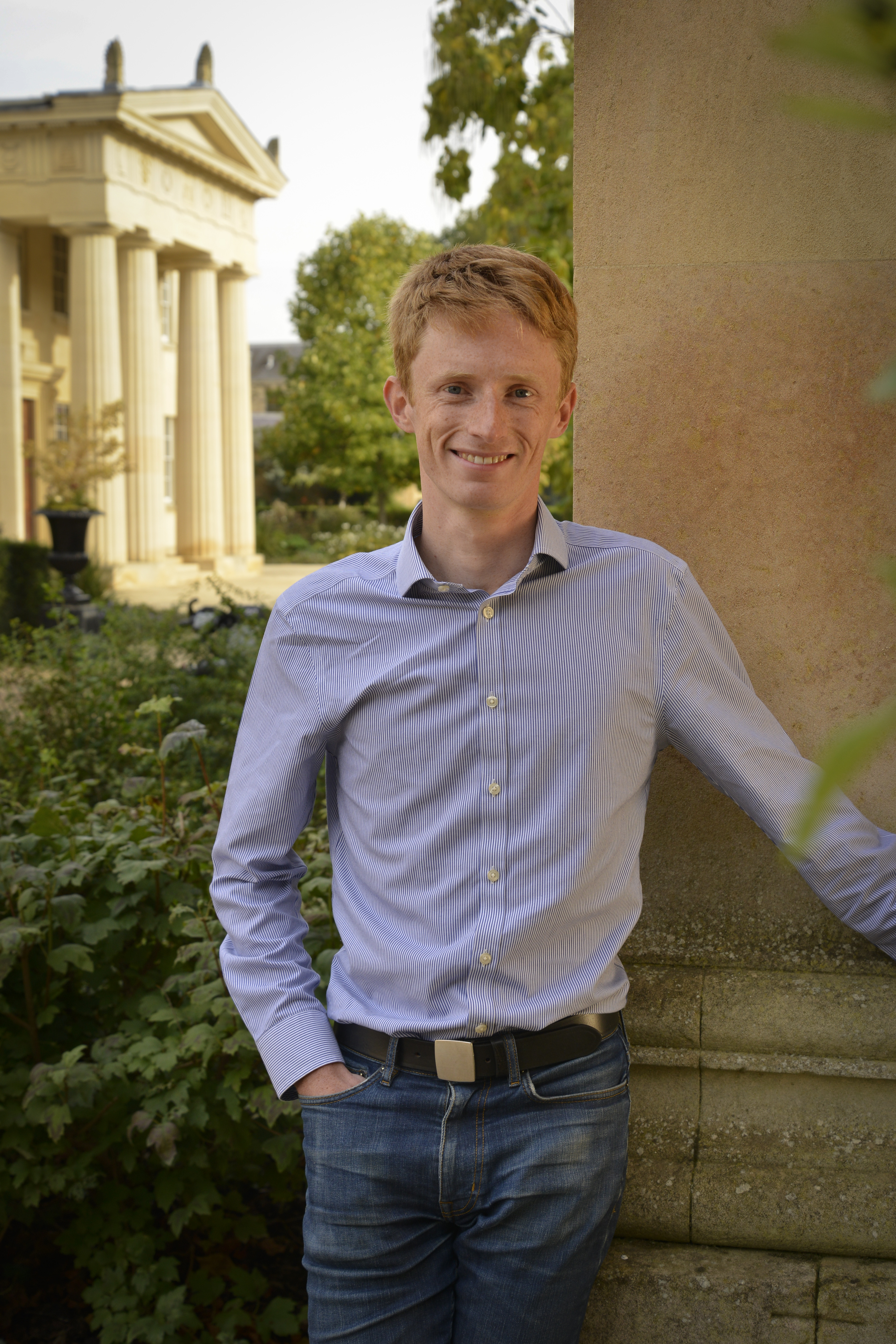
About Me
I am the Kim and Julianna Silverman Research Fellow at Downing College, Cambridge and an early-career researcher in the Yusuf Hamied Department of Chemistry, University of Cambridge. My primary research involves understanding the breakdown of electronic structure approximations in the presence of strongly coupled electrons and developing new theoretical methods to accurately predict the properties of electrons in molecules using emerging technology such as quantum computing. I am particularly interested in understanding the energy landscape of electronic structure approximations and how the existence of multiple stationary points is controlled by the presence of strong correlation or electronic excited states. I am also involved in collaborative projects investigating how to exploit nonorthogonal many-electron basis states to predict molecular potential energy surfaces, and exploring the exotic molecular properties and quantum phenomena using complex-valued non-Hermitian quantum physics.
Previously, I was the Astor Junior Research Fellow in Chemistry at New College, Oxford and a visiting researcher in the Department of Chemistry, University of Oxford. My research highlights during this period include:
- Introducing a global optimisation algorithm for quantum electronic structure approximations
- Deriving the properties of the exact electronic energy landscape
- Characterising the higher-energy solutions in CASSCF theory
- Developing efficient computational methods for nonorthogonal matrix elements
- Identifying the first example of mean-field symmetry-breaking in the complete basis set limit
In the summer of 2020, I was a postdoctoral research associate with Prof. David Wales at the University of Cambridge. I developed the electronic structure energy landscape framework where ground and excited states exist as stationary points of a high-dimensional energy surface. This approach allows the properties and connectivity of multiple electronic states to be systematically investigated, providing guiding principles for the development of high-accuracy excited-state methods.
I completed my PhD under the supervision of Dr Alex Thom at the University of Cambridge in 2020. During this period, I pioneered the holomorphic Hartree-Fock approach that allows complex analytic continuations of multiple Hartree–Fock solutions to be constructed across all structures of a molecule. My thesis showed that a linear combination of these solutions can provide numerically accurate predictions of bond-breaking processes and molecular binding curves.
In the summer of 2018, I undertook a two-month research internship at Q-Chem Inc., an electronic structure software company based in Pleasanton CA, USA. At Q-Chem, I developed a new dedicated library for running nonorthogonal configuration interaction calcuations on molecules. This library is now available in the latest public release of the Q-Chem software package.
Prior to my PhD, I studied chemistry at the University of Cambridge. I completed a research project with Prof. Daan Frenkel, investigating the thermophoretic flow of atoms under the influence of temperature gradients at liquid-liquid interfaces.